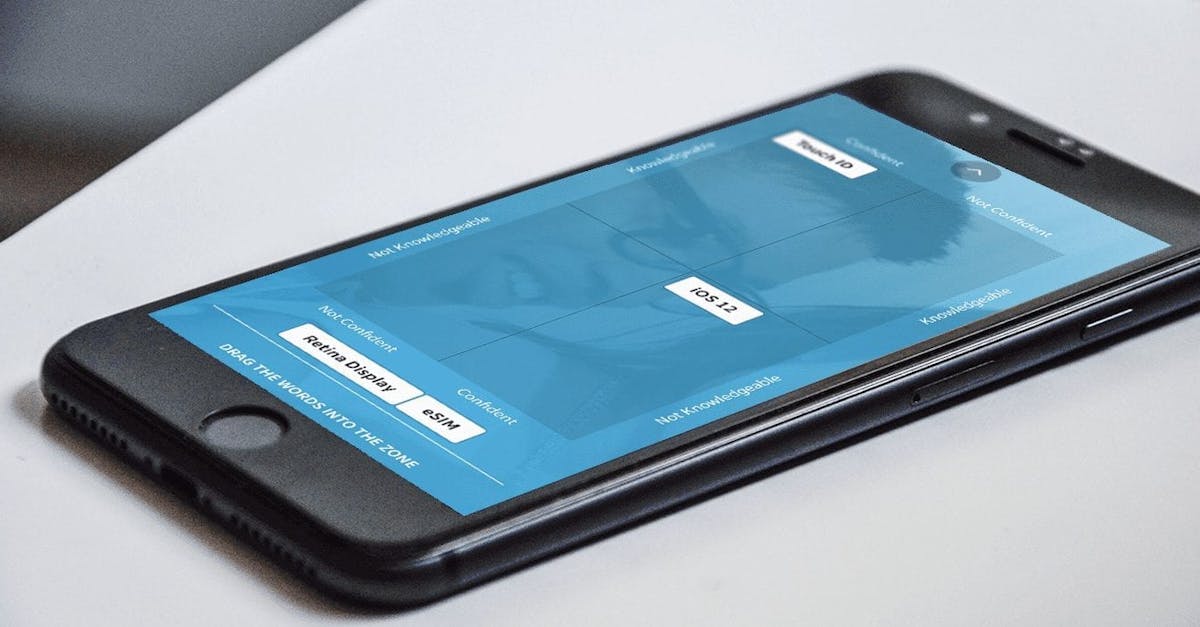Quadrant surveys – a new microlearning template

EdApp has added a new and exciting option for posing survey questions to learners. Our new survey template, Quadrant, allows learners to plot data points on a 2×2 grid – resulting in versatile, dynamic and highly-customisable quadrant surveys.
What are quadrant surveys?
Quadrant surveys are based upon mathematical quadrant geometry and the Cartesian coordinate system. Simply put, they map results into four segments of a graph. When used as a presentation and charting tool, quadrant surveys display two polarised ends of two different characteristics. By plotting where different concepts fit within these characteristics, comparison can be made between entities. Essentially, an interviewee’s answers can be placed within four areas in order to gauge their view on anything.
How are Quadrant Surveys used in EdApp?
The grids of quadrant surveys are completely customizable, allowing you to label each axis differently. Our authoring tool makes it really easy to input and modify your axes, so you can easily chop and change the design of your question to adapt to learners’ needs.
There is a huge range of potential use cases for the new template. Here are some examples to give you ideas:
– Gather your learners’ thoughts on whether certain products or features are strengths, weaknesses, opportunities or threats.
– Understand where your learners struggled in your lesson by looking at where they place various outcomes on the grid.
– Gain an insight into what your learners understood, by asking them to honestly rate their knowledge of various concepts.
– Want to see the new template in action? Give it a go below.
Check out EdApp’s other interactive microlearning templates here. If you want to learn more about EdApp’s mobile-focused LMS and authoring tool,get in touch at enquiries@edapp.com. You can also try EdApp’s Mobile LMS for free by signing up here or in the box below.
[wpipa id=”815″]
Curated course examples
Author
